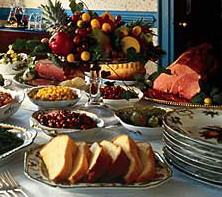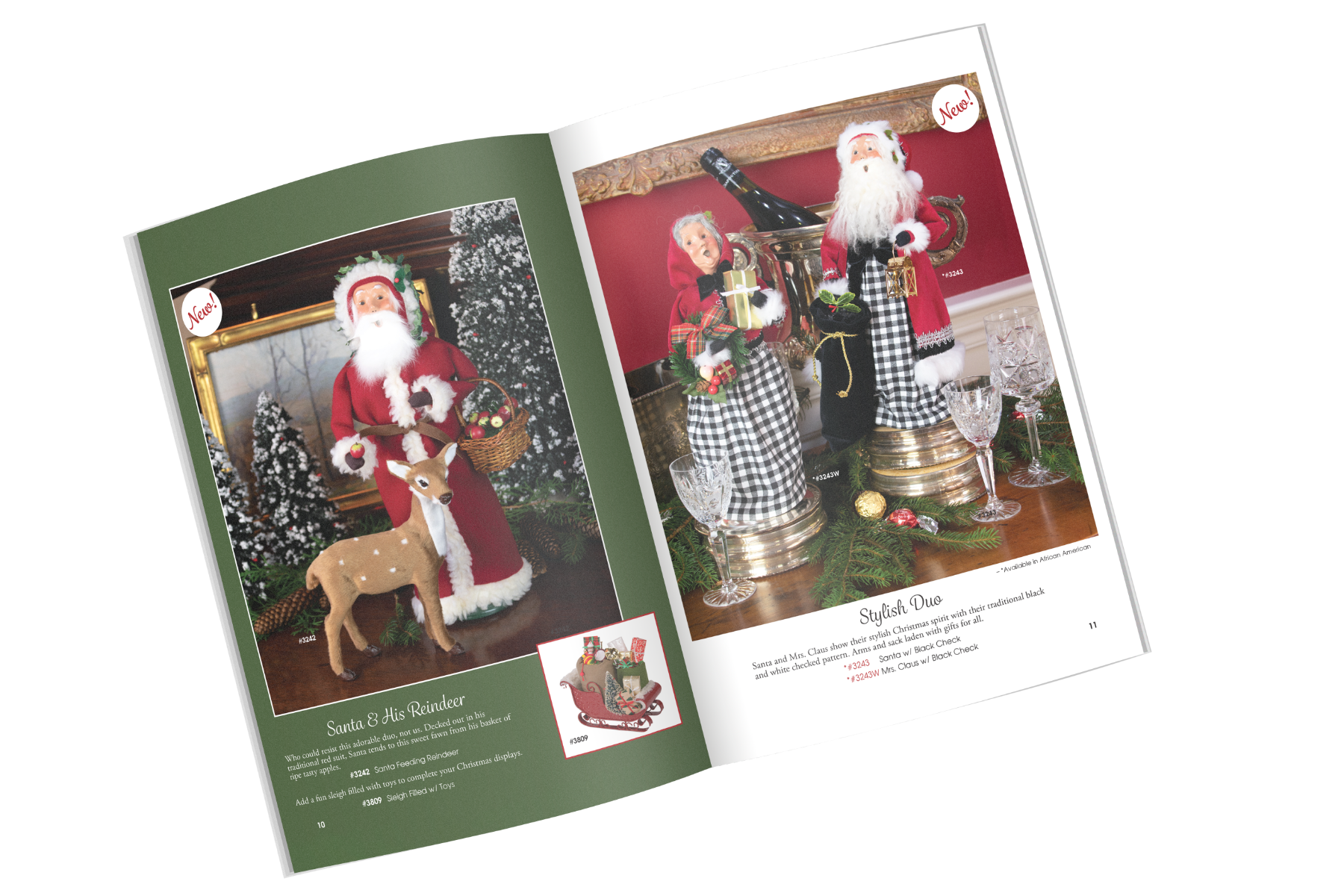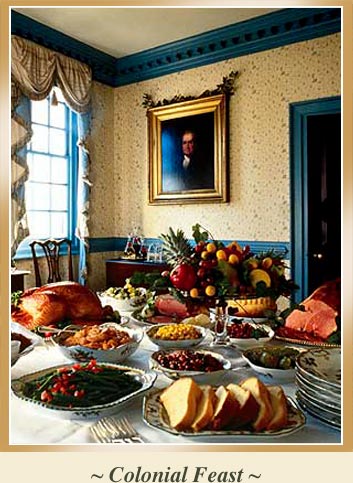 The 18th century American Colonial Christmas was a very different affair than the one we celebrate today. In fact, in Puritan New England, “Bacchanalian” Christmas celebrations of any kind were at one point banned for being too closely tied to Catholicism and immoral pagan celebrations.
The 18th century American Colonial Christmas was a very different affair than the one we celebrate today. In fact, in Puritan New England, “Bacchanalian” Christmas celebrations of any kind were at one point banned for being too closely tied to Catholicism and immoral pagan celebrations.
But the Christmas celebrations of colonial Virginians more than make up for their northern counterparts’ austerity. In Massachusetts, Christmas was just another day of work, but in Virginia, Christmas encompassed a fortnight of celebrations stretching from Christmas Eve to Twelfth Night on January 6th.
“All over the colony, a universal hospitality reigns,” reported one London Magazine in 1746, and throughout the Twelve Days of Christmas, Virginians made the most of that spirit. Christmas days were spent visiting friends at their homes or receiving guests of one’s own, and at night, great parties were held, where guests danced, sang, and celebrated well into the night to lively music played in halls decked out with wreaths and garlands of holly and ivy and balls of mistletoe and scented with clusters of lavender, rosemary, and spices.
Dinner was the major event on Christmas Day, often consisting of seven or eight courses in wealthy households.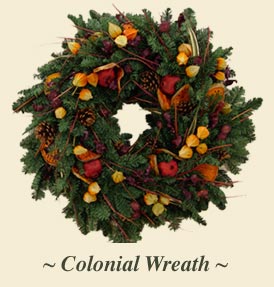 Oysters, crab, and other fish; roast beef, smoked ham, roast turkey, venison, and a wealth of game were all known to grace the Christmas table alongside stuffing, roast vegetables biscuits and cornbread. For dessert: pies, tarts, puddings, and a delightful assortment of cakes and sweets. It was said that should you go blind and deaf, you would still be able to recognize Christmastime by the smells emanating from the kitchen!
Oysters, crab, and other fish; roast beef, smoked ham, roast turkey, venison, and a wealth of game were all known to grace the Christmas table alongside stuffing, roast vegetables biscuits and cornbread. For dessert: pies, tarts, puddings, and a delightful assortment of cakes and sweets. It was said that should you go blind and deaf, you would still be able to recognize Christmastime by the smells emanating from the kitchen!
Completely unknown to early American colonists were two of our most cherished Christmas traditions: Santa Claus and the Christmas tree, both of which only grew popular in the nineteenth century. Gifts were given at Christmastime, but usually only from masters to their servants and apprentices. In New York, formerly the Dutch colony of New Amsterdam, it was not unheard of for children to be visited by Sinterklaas, the Dutch version of Saint Nicholas, but elsewhere in the colonies, children rarely received Christmas gifts.
Over the centuries, colonial Christmas traditions melded with those of new immigrants to make Christmas in America what we know it as today.
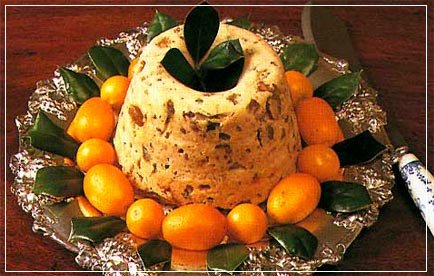
Ingredients
- 2 pounds golden raisins
- 1/4 pound glacé red cherries, cut up
- 1/4 pound glacé green pineapple slices, cut up
- 1 3/4 cup sherry, divided
- 2 cups butter, softened
- 3 cups sugar
- 12 eggs, separated
- juice of 1 lemon
- 1 Tbsp. vanilla
- 6 cups all-purpose flour
- 5 1/4 cups almonds, chopped
- 6 cups walnuts, chopped
- 2/3 cup black walnuts, chopped
DIRECTIONS
Soak the raisins, cherries, and pineapple in 3/4 cup of the sherry overnight in a covered container. Preheat the oven to 300°F. Grease well and lightly flour one 10-inch, two 8-inch, and one 5-inch tube pans.
Cream the butter and sugar. Add the egg yolks one at a time. Combine the remaining sherry, lemon juice, and vanilla. Add the flour and the sherry mixture alternately, beginning and ending with the flour. Beat the egg whites until they form soft peaks. Add the nuts, fruit, and egg whites alternately, stirring until well blended.
Transfer the batter into the prepared pans and bake at 300°F. Bake the smallest cake for 3/4 to one hour, the two medium cakes 1 1/4 to 1 1/2 hours, and the large cake for 2 to 2 1/2 hours, or until each cake tests done. When cool, stack cakes on top of each other on a pretty plate to form a pyramid, and garnish with festive fruits and holiday leaves.

